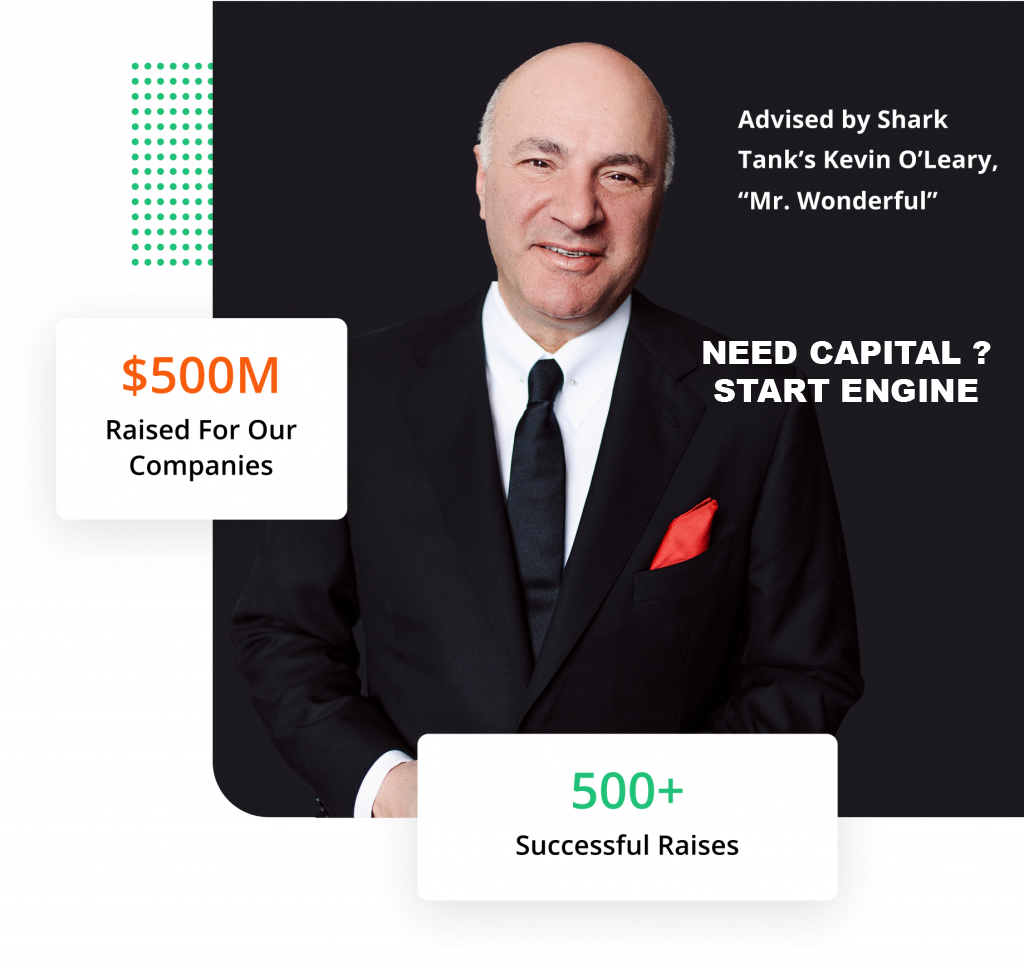Space and Science Research Center
P. O. Box 607841 * Orlando, Fl 32860
NASA Data Confirms Solar Hibernation and Climate Change to Cold Era
The Space and Science Research Center (SSRC) announces today that the most recent data from NASA describing the unusual behavior of the Sun validates a nearly four year long quest by SSRC Director John L. Casey to convince the US government, the media, and the public that we are heading into a new cold climate era with 20 to 30 years of record setting cold weather.
According to Director Casey,
“I’m quite pleased that NASA has finally agreed with my predictions which were passed on to them in early 2007. There is no remaining doubt that the hibernation of the Sun, what solar physicists call a ‘grand minimum’ has begun and with it, the next climate change to a prolonged cold era.
When I first called Dr. Hathaway and told him the NASA and NOAA estimates for the Sun’s activity were “way off” in both sunspot count and in which solar cycle the hibernation would begin (cycle 24 vs. cycle 25), he was polite but dismissive. Since that time both NASA and NOAA have been revising their sunspot estimates for solar cycle 24 lower every year and with each year their numbers have been getting closer
to mine and the few other scientists around the world who had similar forecasts. The January announcement by NASA is now virtually identical to mine made almost four years ago.”
NASA’s solar physics group headed by Dr. David Hathaway at the Marshall Space Flight Center, alerted the solar physics community on January 3, 2011 that the latest sunspot prediction for our current solar cycle 24 had been adjusted downward by a significant
amount from recent years to a value of 70 ± 18 and an estimated peak of 59 sunspots during solar maximum in the June-July 2013 time frame. This number compares with their prediction of a much larger 2006 estimate of a very active Sun with 145 sunspots at peak. Many of the measures by which the Sun’s activity is measured like sunspot counts, have since set record low levels.
Casey’s 2007 forecast however, came during the height of the man-made global warming movement at a time when any mention of a reduction in the Sun’s energy output much less a new cold climate, was political and scientific heresy.
As Casey recounts, “Once I made my forecast for the Sun’s reversal in phase from global warming to global cooling and the start of a new cold climate period I was immediately attacked from all sides. Regrettably, that is the history of new scientific discoveries when anyone says the opposite of a belief that is well entrenched in conventional thinking. My prediction also ran into political roadblocks since at that time both presidential candidates were trying to woo the ‘green’ vote in what all knew was going to be a close election where every vote
counted. Both Republicans and Democrats were saying manmade global warming was real and something should be done about it. Despite my strong space program credentials, what I was saying then was a message no one wanted to hear. Both liberal and conservative web sites launched attacks to discredit my research. Fortunately, the Sun has been on my side and it is a powerful ally. At long last, NASA has now come out with their own data that confirms my past predictions.
After I had completed my original research and notified NASA, I tried to find others who had come to the same conclusion about the Sun and the next climate change. I want to take the time today to mention some of these prominent researchers who made the courageous step forward back then and went public with their predictions. The list is also posted at the SSRC web site. They include in the US: Dr.’s Ken
Schatten, D. V. Hoyt, and W. K. Tobiska; in Europe and Russia: Dr.’s Habibullo Abdussamatov, Oleg Sorokhtin, Boris Komitov, Vladimir Kaftan, O. G. Badalyan, V. N. Obridko, J. Sykora, and J. Beer; in Australia: David Archibald, Dr.’s Ian Wilson, I. A. Waite, Bob Carter and Peter Harris; in China: Dr.’s Y.T. Hong, H.B. Jiang, L.P. Zhou, H.D. Li, X.T. Leng, B. Hong, X.G. Qin, L. Zhen-Shan and Sun Xian, and in Mexico: Dr. Victor M. V. Herrera. I also want to express my thanks to and hope to soon add the many more researchers to this partial list who have supported the position that the Sun drives climate change, not mankind, and that we have begun the transition to the next cold
climate.”
As to the linkage of the new cold era with this now confirmed solar hibernation by NASA, Director Casey clarified, “NASA is not the primary source for US government weather and climate forecasts. With the exception of NASA Goddard, that’s NOAA’s area of responsibility though we all rely on the data from weather satellites that NASA launches into orbit around the Earth and the Sun. But don’t ask any of the NASA
or NOAA scientists to agree with the end of global warming and the now confirmed start of the next solar hibernation or for that matter a cold climate change. That would be career suicide given the measures the current administration goes to in order to preserve the myth of manmade global warming. In any case, decades of extreme cold weather always follow these hibernations of the Sun as the research shows going back 1,200 years or more. This next one has begun right on schedule, just as I predicted. We should therefore expect the same climate change to a long cold period just like it has done before. The last three record cold and long winters around the globe along with the lack of growth in the planet’s average temperature for the past twelve years, and a new long term downward trend in global temperatures are solid enough signals to prove that global warming ended as and when I predicted and that the Earth is rapidly proceeding into a long cold era.
NASA’s announcement is clearly vindication for those of us who have spoken out for years against conventional climate science thinking, false statements and misleading reports of the UN and US government climate science officials, and had to endure slander and ridicule from AGW extremists. Now we need to prepare for what has arrived; twenty to thirty years of record setting, crop destroying cold weather. We should stop wasting precious resources on the past climate phase of Sun-caused global warming, bury this hubris of man-made climate change and
listen to what the Sun is telling us. We need to do so immediately.”
See the new NASA Solar Cycle 24 prediction at: http://solarscience.msfc.nasa.gov/predict.shtml
New Solar Cycle Prediction
 “If our prediction is correct, Solar Cycle 24 will have a peak sunspot number of 90, the lowest of any cycle since 1928 when Solar Cycle
16 peaked at 78,” says panel chairman Doug Biesecker of the NOAA Space Weather
Prediction Center.
Right: A solar flare observed in Dec.
2006 by NOAA’s GOES-13 satellite.
It is tempting to describe such a cycle as “weak” or “mild,” but that could
give the wrong impression.
“Even a below-average cycle is capable of producing severe space weather,”
points out Biesecker. “The great geomagnetic storm of 1859, for instance,
occurred during a solar cycle of about the same size we’re predicting for
2013.”
The 1859 storm–known as the “Carrington Event” after astronomer Richard
Carrington who witnessed the instigating solar flare–electrified transmission
cables, set fires in telegraph offices, and produced Northern Lights so bright
that people could read newspapers by their red and green glow. A recent report
by the National Academy of Sciences found that if a similar storm occurred
today, it could cause $1 to 2 trillion in damages to society’s high-tech
infrastructure and require four to ten years for complete recovery. For
comparison, Hurricane Katrina caused “only” $80 to 125 billion in damage.
“If our prediction is correct, Solar Cycle 24 will have a peak sunspot number of 90, the lowest of any cycle since 1928 when Solar Cycle
16 peaked at 78,” says panel chairman Doug Biesecker of the NOAA Space Weather
Prediction Center.
Right: A solar flare observed in Dec.
2006 by NOAA’s GOES-13 satellite.
It is tempting to describe such a cycle as “weak” or “mild,” but that could
give the wrong impression.
“Even a below-average cycle is capable of producing severe space weather,”
points out Biesecker. “The great geomagnetic storm of 1859, for instance,
occurred during a solar cycle of about the same size we’re predicting for
2013.”
The 1859 storm–known as the “Carrington Event” after astronomer Richard
Carrington who witnessed the instigating solar flare–electrified transmission
cables, set fires in telegraph offices, and produced Northern Lights so bright
that people could read newspapers by their red and green glow. A recent report
by the National Academy of Sciences found that if a similar storm occurred
today, it could cause $1 to 2 trillion in damages to society’s high-tech
infrastructure and require four to ten years for complete recovery. For
comparison, Hurricane Katrina caused “only” $80 to 125 billion in damage.
 Above: This
plot of sunspot numbers shows the measured peak of the last solar cycle in blue
and the predicted peak of the next solar cycle in red. Credit: NOAA/Space
Weather Prediction Center. [more]
The latest forecast revises an earlier prediction issued in 2007.
At that time, a sharply divided panel believed solar minimum would come in March
2008 followed by either a strong solar maximum in 2011 or a weak solar maximum
in 2012. Competing models gave different answers, and researchers were eager for
the sun to reveal which was correct.
“It turns out that none of our models were totally correct,” says
Dean Pesnell of the Goddard Space Flight Center, NASA’s lead representative on
the panel. “The sun is behaving in an unexpected and very interesting way.”
Researchers have known about the solar cycle since the mid-1800s. Graphs of
sunspot numbers resemble a roller coaster, going up and down with an
approximately 11-year period. At first glance, it looks like a regular pattern,
but predicting the peaks and valleys has proven troublesome. Cycles vary in
length from about 9 to 14 years. Some peaks are high, others low. The valleys
are usually brief, lasting only a couple of years, but sometimes they stretch
out much longer. In the 17th century the sun plunged into a 70-year period of
spotlessness known as the Maunder Minimum that still baffles scientists.
Above: This
plot of sunspot numbers shows the measured peak of the last solar cycle in blue
and the predicted peak of the next solar cycle in red. Credit: NOAA/Space
Weather Prediction Center. [more]
The latest forecast revises an earlier prediction issued in 2007.
At that time, a sharply divided panel believed solar minimum would come in March
2008 followed by either a strong solar maximum in 2011 or a weak solar maximum
in 2012. Competing models gave different answers, and researchers were eager for
the sun to reveal which was correct.
“It turns out that none of our models were totally correct,” says
Dean Pesnell of the Goddard Space Flight Center, NASA’s lead representative on
the panel. “The sun is behaving in an unexpected and very interesting way.”
Researchers have known about the solar cycle since the mid-1800s. Graphs of
sunspot numbers resemble a roller coaster, going up and down with an
approximately 11-year period. At first glance, it looks like a regular pattern,
but predicting the peaks and valleys has proven troublesome. Cycles vary in
length from about 9 to 14 years. Some peaks are high, others low. The valleys
are usually brief, lasting only a couple of years, but sometimes they stretch
out much longer. In the 17th century the sun plunged into a 70-year period of
spotlessness known as the Maunder Minimum that still baffles scientists.
 Above: Yearly-averaged sunspot numbers
from 1610 to 2008. Researchers believe upcoming Solar Cycle 24 will be similar
to the cycle that peaked in 1928, marked by a red arrow. Credit: NASA/MSFC
Right now, the solar cycle is in a valley–the deepest of the past
century. In 2008 and 2009, the sun set Space Age records for low sunspot counts,
weak solar wind, and low solar irradiance. The sun has gone more than two years
without a significant solar flare.
“In our professional careers, we’ve never seen anything quite like
it,” says Pesnell. “Solar minimum has lasted far beyond the date we predicted in
2007.”
In recent months, however, the sun has begun to show timorous signs of life.
Small sunspots and “proto-sunspots” are popping up with increasing frequency.
Enormous currents of plasma on the sun’s surface (“zonal flows”) are gaining
strength and slowly drifting toward the sun’s equator. Radio astronomers have
detected a tiny but significant uptick in solar radio emissions. All these
things are precursors of an awakening Solar Cycle 24 and form the basis for the
panel’s new, almost unanimous forecast.
According to the forecast, the sun should remain generally calm for at least another year.
From a research point of view, that’s good news because solar minimum has proven
to be more interesting than anyone imagined. Low solar activity has a profound
effect on Earth’s atmosphere, allowing it to cool and contract. Space junk
accumulates in Earth orbit because there is less aerodynamic drag. The becalmed
solar wind whips up fewer magnetic storms around Earth’s poles. Cosmic rays that
are normally pushed back by solar wind instead intrude on the near-Earth
environment. There are other side-effects, too, that can be studied only so long
as the sun remains quiet.
Meanwhile, the sun pays little heed to human committees. There
could be more surprises, panelists acknowledge, and more revisions to the
forecast.
“Go ahead and mark your calendar for May 2013,” says Pesnell. “But
use a pencil.”
Above: Yearly-averaged sunspot numbers
from 1610 to 2008. Researchers believe upcoming Solar Cycle 24 will be similar
to the cycle that peaked in 1928, marked by a red arrow. Credit: NASA/MSFC
Right now, the solar cycle is in a valley–the deepest of the past
century. In 2008 and 2009, the sun set Space Age records for low sunspot counts,
weak solar wind, and low solar irradiance. The sun has gone more than two years
without a significant solar flare.
“In our professional careers, we’ve never seen anything quite like
it,” says Pesnell. “Solar minimum has lasted far beyond the date we predicted in
2007.”
In recent months, however, the sun has begun to show timorous signs of life.
Small sunspots and “proto-sunspots” are popping up with increasing frequency.
Enormous currents of plasma on the sun’s surface (“zonal flows”) are gaining
strength and slowly drifting toward the sun’s equator. Radio astronomers have
detected a tiny but significant uptick in solar radio emissions. All these
things are precursors of an awakening Solar Cycle 24 and form the basis for the
panel’s new, almost unanimous forecast.
According to the forecast, the sun should remain generally calm for at least another year.
From a research point of view, that’s good news because solar minimum has proven
to be more interesting than anyone imagined. Low solar activity has a profound
effect on Earth’s atmosphere, allowing it to cool and contract. Space junk
accumulates in Earth orbit because there is less aerodynamic drag. The becalmed
solar wind whips up fewer magnetic storms around Earth’s poles. Cosmic rays that
are normally pushed back by solar wind instead intrude on the near-Earth
environment. There are other side-effects, too, that can be studied only so long
as the sun remains quiet.
Meanwhile, the sun pays little heed to human committees. There
could be more surprises, panelists acknowledge, and more revisions to the
forecast.
“Go ahead and mark your calendar for May 2013,” says Pesnell. “But
use a pencil.”



















